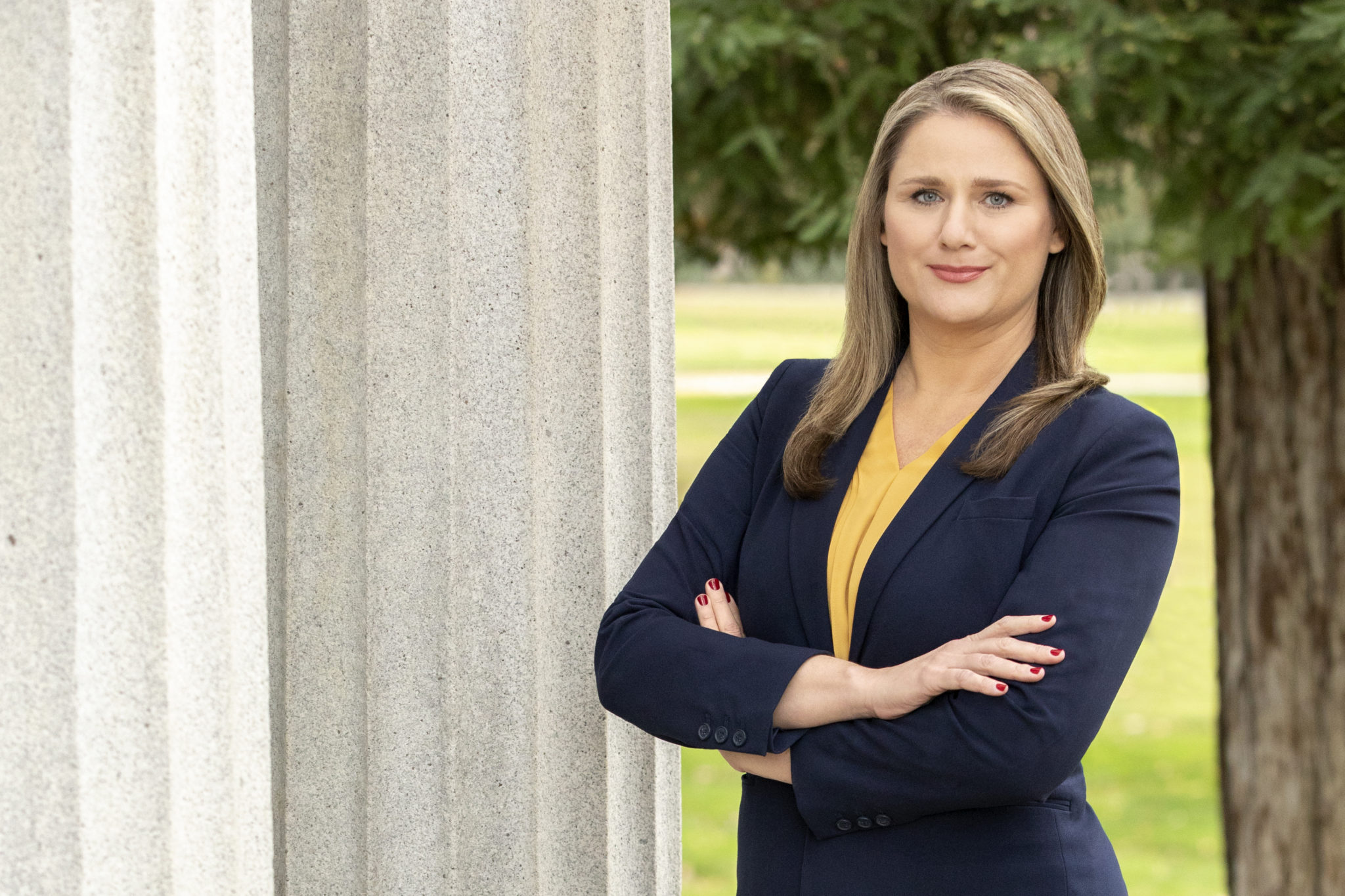Mr. Stiles’ practice focuses on land use and environmental law, with emphasis on the California Environmental Quality Act (CEQA), the State Planning and Zoning Law, the National Environmental Policy Act (NEPA), the Endangered Species Act, the California Endangered Species Act, air and water quality, natural resources, wetlands, and related matters. He handles all phases of the land use entitlement and permitting processes, including administrative approvals and litigation.
Before joining Remy Moose Manley, LLP, Mr. Stiles worked as a graduate fellow at the California Energy Commission, where he worked on a number of land use and environmental issues relating to energy in California, including the siting and licensing of new power-plant projects. While in law school, he clerked with the California Environmental Protection Agency, the California Department of Fish and Game (now Department of Fish and Wildlife), and the Delta Stewardship Council.
Mr. Stiles teaches several land use and environmental law continuing education classes and seminars each year for professional organizations such as the Association of Environmental Professionals.
Representative Matters:
- Represent Oakland Athletics Investment Group LLC in the preparation of an EIR for a new ballpark and mixed-use development project near Howard Terminal in the City of Oakland. Represented Oakland Athletics Investment Group LLC in litigation challenging special legislation for the project. (Pacific Merchant Shipping Association v. Newsom (2021) 67 Cal.App.5th 711.)
- Represent California High-Speed Rail Authority in on-going preparation of multiple EIR/EISs for the statewide high-speed train project. Assisted in litigation defending EIR prepared for Merced-to-Fresno section of the project.
- Represented GSW Arena LLC as associate counsel in litigation challenging an EIR and various entitlements for an event center and mixed-use development project proposed by the Golden State Warriors of the National Basketball Association (NBA). Assisted in successful defense on appeal before the First District Court of Appeal (Mission Bay Alliance v. Office of Community Investment and Infrastructure (2016) 6 Cal.App.5th 160).
- Represented developer in litigation challenging an Environmental Impact Report (EIR) and various entitlements issued by the City and County of San Francisco for a mixed-use development project located along the India Basin shoreline of San Francisco Bay. The project site covers approximately 38.24 acres and consists of approximately 1,575 residential units, over 200,000 square feet of commercial space, public parkland and open space, and other uses.
- Represented the Tahoe Regional Planning Agency as associate counsel in challenge to Tahoe Area Regional Plan and associated environmental review. Assisted in successful defense on appeal before the Ninth Circuit Court of Appeals (Sierra Club v. Tahoe Regional Planning Agency (9th Cir. 2016) 840 F.3d 1106).
- Represented California Department of Water Resources in the preparation of an Environmental Impact Report/Environmental Impact Study (EIR/EIS) and related litigation for a water conveyance project in the Sacramento-San Joaquin Delta known as the California WaterFix.
- Advised Calaveras County during the preparation and adoption of a zoning ordinance regarding the regulation of cannabis and other approvals related to the cannabis program. Represented the County in litigation challenging the approval of the cannabis ordinance. Also assisted with the development and environmental review for multiple amendments to the cannabis ordinance and represented the County in litigation challenging the amendments.
- Represents numerous public agencies and private developers through environmental review and litigation for various commercial, residential, and mixed-use development projects.
Published Cases:
- East Oakland Stadium Alliance v. City of Oakland (2023) 89 Cal.App.5th 1226
- Ocean Street Extension Neighborhood Assn. v. City of Santa Cruz (2022) 73 Cal.App.5th 985.
- Pacific Merchant Shipping Association v. Newsom (2021) 67 Cal.App.5th 711.
- Cleveland National Forest Foundation v. San Diego Association of Governments (2017) 3 Cal.5th 497 (as Amicus Curiae).
- Mission Bay Alliance v. Office of Community Investment and Infrastructure (2016) 6 Cal.App.5th 160.




